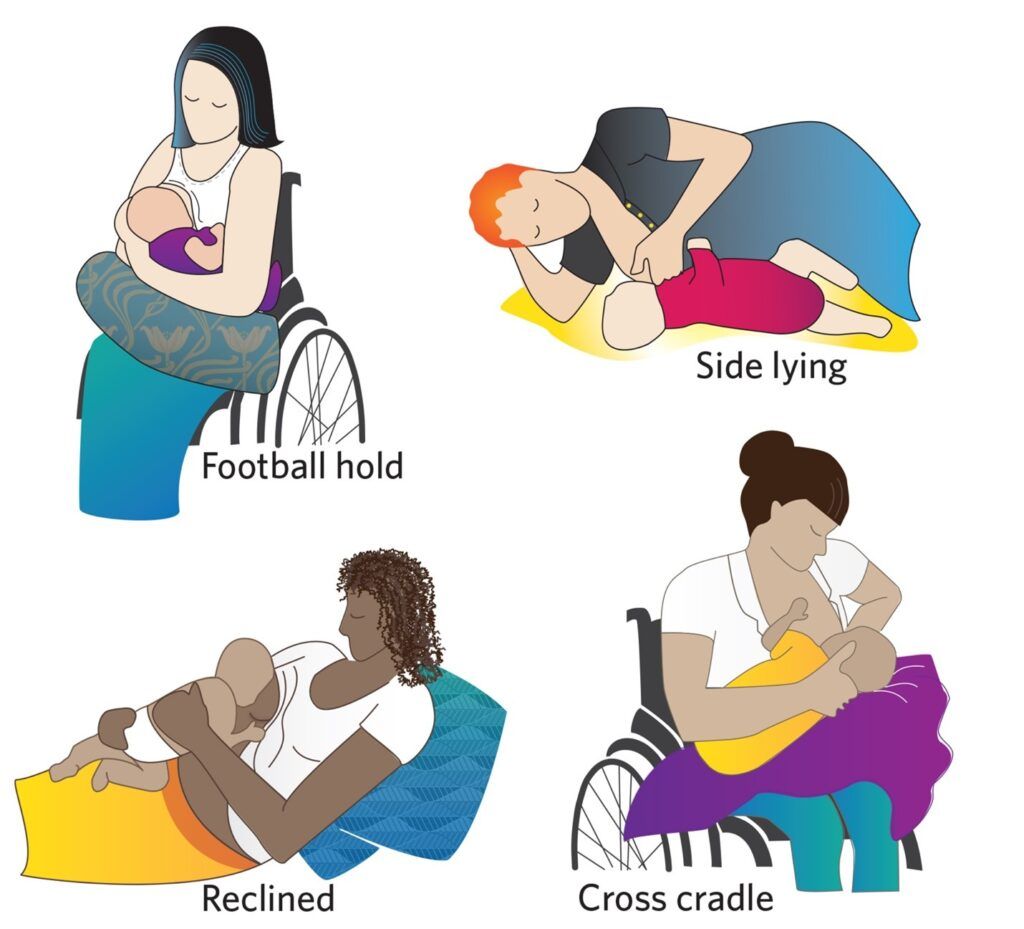Pregnancy and Labour
In North America, women represent approximately a third of the SCI population (Ackery et al. 2004). Approximately 3,000 American women of childbearing age are affected by SCI (Cross et al. 1992). The ability of women to have children is not usually affected once their menstrual cycle resumes (Jackson & Wadley 1999). Few studies exist that specifically address women’s health and pregnancy after SCI, but they show that women with SCI are able to conceive, carry and deliver a baby despite an increased frequency of complications during pregnancy, labour and delivery (Baker & Cardenas 1996; Jackson & Wadley 1999; Morton et al. 2013; Iezzoni et al. 2015; Bertschy et al. 2016).
Bladder problems, spasticity, pressure sores, autonomic dysreflexia and problems with mobility can pose a threat to the pregnant woman with SCI (Baker et al. 1992; Jackson & Wadley 1999; Skrowronski & Hartman 2008). Frequent and sometimes lengthy hospital admissions during pregnancy can occur due to these and other reasons (Skrowronski & Hartman 2008). Impairment-related complications during pregnancy may include: falls, urinary tract and bladder problems, wheelchair fit and stability problems that reduced mobility and compromised safety, significant shortness of breath sometimes requiring respiratory support, increased spasticity, bowel management difficulties, and skin integrity problems (Iezzoni et al. 2015). Although medical complications do happen during pregnancy in women with SCIs, pregnancy and delivery in this group of women are possible without posing intolerable risks to the mothers or the children (Bertschy et al. 2016). Population-based studies that determine the proportion of pregnancies and healthy births among women with or without SCI would be useful information (Horner-Johnson et al. 2016). Obstetric outcomes include higher rates of Cesarean sections and increased incidence of low birth-weight babies (Jackson & Wadley 1999; Morton et al. 2013).

